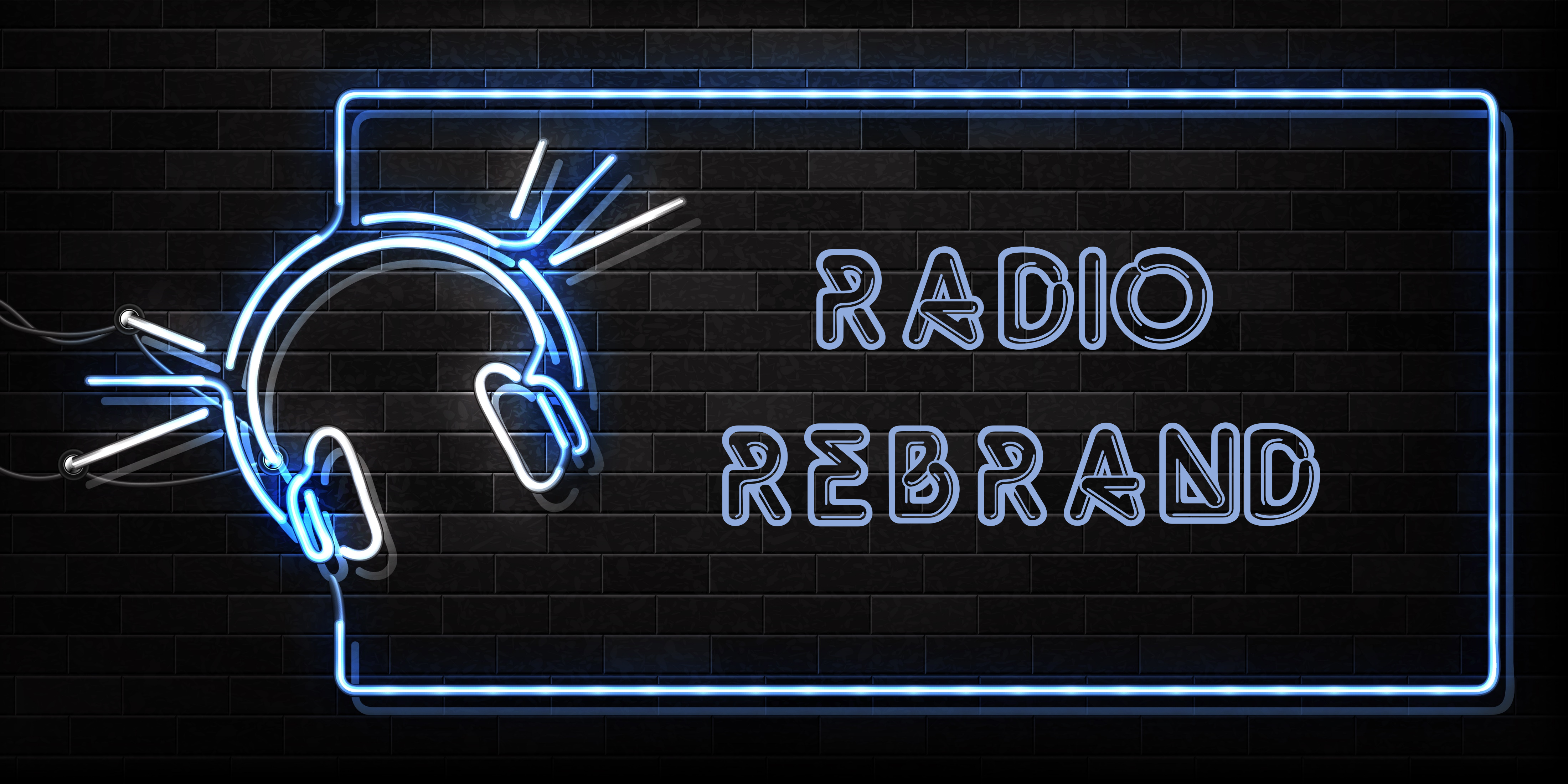
With each passing month, COVID appears to be receding. Word is, the Biden Administration will remove the “national emergency” label in May. Perhaps that’s symbolic, but it will change how Americans will pay for vaccines and tests.
The pandemic has also had a ripple effect in the worlds of media and technology. As we repeatedly saw at CES last month, COVID spawned innovations in at-work solutions, QR codes, and helping us de-stress.
And it turns out there may be another offshoot of the pandemic – a bandwagon of companies rebranding themselves and/or redefining their business models for these changing times.
A recent story in Axios reported on this phenomenon. In “The rise of corporate rebranding,” Eleanor Hawkins states that disruptive periods are optimal times for companies to explore their brands, positions, and perhaps, their names.
As we explored in yesterday’s post about the Rock N’ Roll Hall of Fame, all the players – from shareholders to advertisers to listeners – want to know what a brand stands for.
Hawkins lists several examples of recent rebrands, including the first new logo treatment in seven decades for Pfizer, a brand we’ve come to know quite well these past few years.
new logo treatment in seven decades for Pfizer, a brand we’ve come to know quite well these past few years.
But a logo shift is merely cosmetic. A true brand refresh “has to penetrate the surface and there must be corporate action behind it.”
She offers up BP, the oil and gas giant, now repositioning itself as “beyond petroleum” as a key example of the trend.
 We saw this trend developing at CES last month with both Caterpillar and John Deere, agri-brands undergoing major brand makeovers. “From “Nothing runs like a Deere” to “Feeding A Growing World,” these legacy giants are redefining themselves. And rebranding is at their foundation.
We saw this trend developing at CES last month with both Caterpillar and John Deere, agri-brands undergoing major brand makeovers. “From “Nothing runs like a Deere” to “Feeding A Growing World,” these legacy giants are redefining themselves. And rebranding is at their foundation.
Speaking of CES, it is no longer the Consumer Electronics Show. Nor is NPR called National Public Radio. By abbreviating their respective identities, each organization has rebranded and even redefined itself.
Sometimes, companies try to use rebranding as a way to clarify its position, but only make it worse. Earlier this week, it was Paramount Global joining two of its streaming platforms into one.
The combo play was to have Paramount+ absorb Showtime. 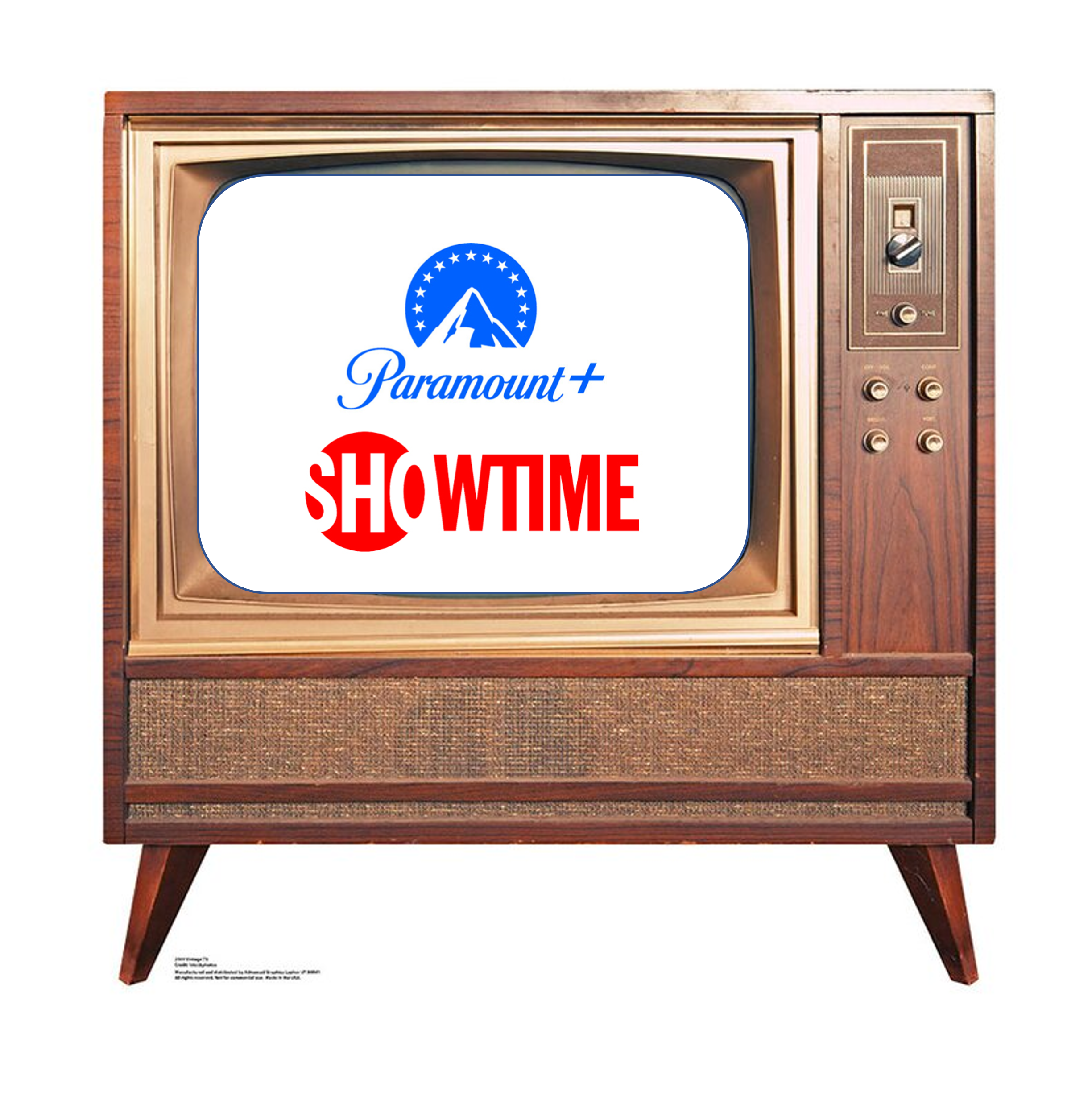 Unfortunately, the end result is now more confusing than when they started, making it even easier for well-defined brands like Netflix and Disney+ to remain dominant.
Unfortunately, the end result is now more confusing than when they started, making it even easier for well-defined brands like Netflix and Disney+ to remain dominant.
The trend has permeated radio broadcasters in a huge way, especially since the onslaught of COVID. Nearly two years ago, Entercom underwent major surgery with the debut of Audacy, the umbrella rebrand used for the corporate logo, the streaming platform (from Radio.com), and the stock exchange symbol (AUD) on the New York Stock Exchange).
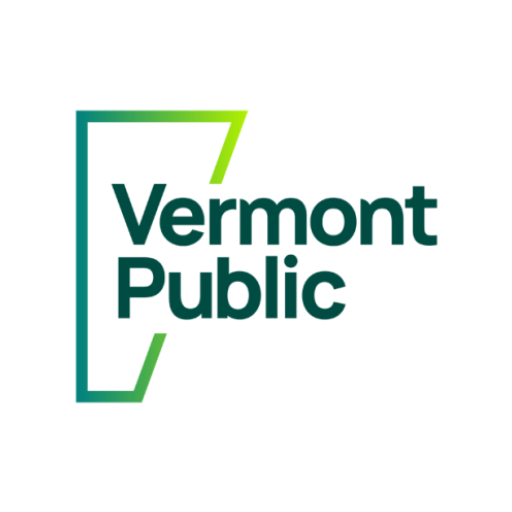 In Public Radio, rebranding and entire makeovers are becoming more common as well. Last year, Vermont Pubic Radio and Vermont PBS merged to become Vermont Public, a move that angered fans used to the old VPR initials.
In Public Radio, rebranding and entire makeovers are becoming more common as well. Last year, Vermont Pubic Radio and Vermont PBS merged to become Vermont Public, a move that angered fans used to the old VPR initials.
But the big move was announced last week when Los Angeles’ venerable NPR News station, KPCC, became LAist, adopting the name of the web news platform acquired a few years back.
Why the change? It’s an effort to streamline a brand identity across all the organization’s media platforms. And the call letters didn’t exactly roll off the tongue. They also stood for Pasadena City College, but the school no longer operates the station. They handed over its management to American Public Media in 1999.
CEO Herb Scannell told the Los Angeles Times, “We’re L.A.-centric. We serve greater L.A. If you’re an ‘LAist,’ you’re an enthusiast of L.A. You want some guidance on how to navigate L.A. – a big sprawling city, right? You want to be connected to other people, and you want to discover things in L.A.”
Scannell also explained the move was inspired by audience research revealing the LAist brand was actually more top-of-mind than KPCC. It will be interesting to see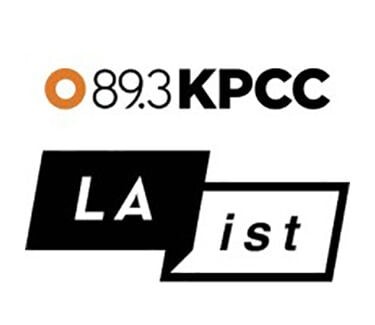 whether there are more of these rebrands in Public Radio’s future. The greater trend suggests there will be.
whether there are more of these rebrands in Public Radio’s future. The greater trend suggests there will be.
But what happens when rebrands go wrong? Oftentimes, it’s because the parent organization didn’t do their homework – that is, research – in the first place. Sometimes, a new name/brand/logo takes on a life of its own, often championed by a C-suiter who likes it. The next thing you know, it’s on vans, stationary, business cards, the website and app, and of course, merch.
With a new name, look, and/or brand, there are key questions to ask first:
- Can people readily pronounce it? And can Alexa and other smart speaker platforms recognize it? More and more, voice has become an important search tool.
- Can people spell it? In order to find the app in the App Store or navigate to the website, the average listener has to be able to spell it. These days in America, that’s a heavier lift than you might think.
- What’s the first impression of the new name/brand? Focus groups, one-on-ones and similar methodologies can give you that first-blush, Rorschach impression of a new look or slogan.
- Does it have another meaning in another popular language? This is likely something the pharma companies have to investigate with their oddly named drugs. But still, the last thing any company needs is realizing their new slogan means horse manure in Spanish.
- Can they read the logo? This may sound like a no-brainer because testing the readability of a logo or a slogan is child’s play, Research 101. So how do you
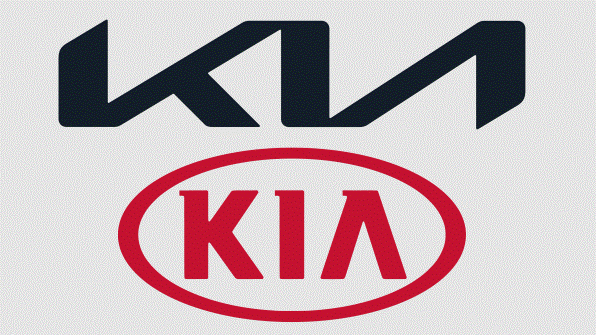 explain Kia’s recent logo refresh, an obvious attempt to modernize the brand. Unfortunately, thousands of people are Googling “KN car” every month.
explain Kia’s recent logo refresh, an obvious attempt to modernize the brand. Unfortunately, thousands of people are Googling “KN car” every month. - Are you prepared for the actual costs of a makeover? Companies often underestimate the financial hit when everything needs to be changed over in a short period of time. From staff training to the social media team, all hands have to be on the same page for it all to mesh together.
- Are you prepared for how long it will take for customers, advertisers, and everyone else to get comfortable with it? People are adaptable, but they are inundated with media, messages, and brands. This is not like flipping a switch and the masses start using the new name in their everyday language.
- Are you willing to market it? It may not be necessary to make a media buy (although why not?) but getting the new look and logo out on all channels in a coordinated effort is essential. If employees are using different versions, colors, or applications, it will simply delay the process and confuse people.
All of the above brand refreshes were made with the best intentions in mind – in most cases, an effort to communicate something new and different about the organization or company.
But what happens when brands are simply used to generating revenue by essentially selling their naming rights? Sometimes, it’s just plain awkward, like how the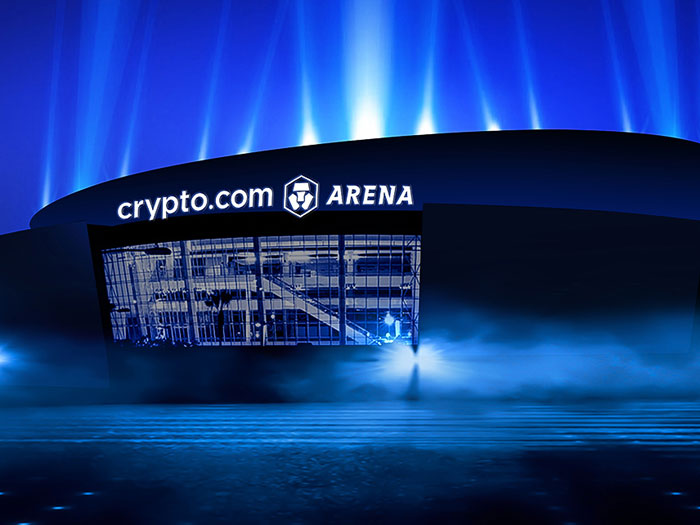 Staples Center in Los Angeles became the Crypto.Com Arena a couple years back. Or in Pittsburgh,, when they made the move from the simple Heinz Field to Acrisure Stadium. Ugh.
Staples Center in Los Angeles became the Crypto.Com Arena a couple years back. Or in Pittsburgh,, when they made the move from the simple Heinz Field to Acrisure Stadium. Ugh.
(It’s hard to imagine an L.A. kid in the 2020s all grown up now and telling his kids about those amazing Lakers memories he had at Crypto.com Arena growing up.)
But what about selling out everything to the highest bidder? That’s what Sinclair did two years ago when they gave away their Fox Sports Networks handle to Bally’s. At the time, brother Paul wrote a rather scathing guest blog post on the topic, “What’s Your Name? Who’s Your Daddy?” Paul warned that attaching a multi-city sports network to a sponsor brand was short-sighted, and well…risky.
As he wrote, “The powers that be (at Sinclair) have crossed the line with Bally’s. They didn’t just sell a sponsorship or even naming rights to Bally’s. THEY SOLD OUT THEIR FREAKING BRAND.”
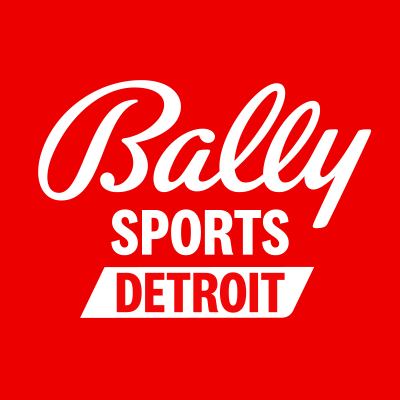 Last week, SInclair announced their Bally Sports Network is headed toward a complex bankruptcy, perhaps leaving many major metros – including DETROIT – in a sports lurch.
Last week, SInclair announced their Bally Sports Network is headed toward a complex bankruptcy, perhaps leaving many major metros – including DETROIT – in a sports lurch.
Did selling out their identity to a sports gaming and betting brand doom the network? Of course not. But in the overall scheme of things, it’s the company you keep. Or the brand name you become.
That’s why a story buried in RAMP the other day might be an object lesson for broadcasters willing to read it and then hopefully, IGNORE IT. In case you missed it, Max Media’s WVSP (ESPN) in Hampton Roads, Virginia will now be known as Priority Auto Sports Radio 94.1.
That’s right, they just didn’t sell the studio or van naming rights. As Paul would say, THEY OUT THEIR FREAKING BRAND. The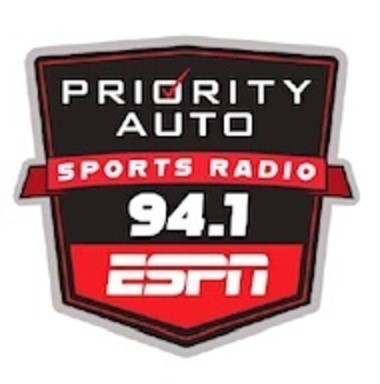 COO of Priority Auto, Matt Elmer was effusive about the deal. And why not? He just bought a radio station without all the aggravation.
COO of Priority Auto, Matt Elmer was effusive about the deal. And why not? He just bought a radio station without all the aggravation.
Missing in the release was the duration of the deal. Is it for a year? Or maybe 26 weeks? And after that period, will WVSP’s identify go on sale to the next highest bidder. Like Crypto.com.
Hopefully, Steven Singer won’t find out about this. He’d hate it.
Suggestion to Jacobs Media clients: Don’t call asking whether we think this is a good idea.
And if anyone in your company starts a Zoom meeting in the next few days with the line, “Just between you and me…..” it would be a great time for your WiFI to go down.
You lie down with dogs, you wake up with your sponsor’s image and reputation. Think about that.
Has it really gotten that bad?
P.S. Special thanks to Andy Bloom, Harvey Kojan, and RIch De Sisto, all of whom know better.
- What To Do If Your Radio Station Goes Through A Midlife Crisis - April 25, 2025
- A 2020 Lesson?It Could All Be Gone In A Flash - April 24, 2025
- How AI Can Give Radio Personalities More…PERSONALITY - April 23, 2025




Changing tag lines (John Deere) is very different than changing the brand ( new name, call letters, no obvious reference point as to medium’s use and usage) I’m with Paul, be careful- be very careful.
Your caution is noted, sir. Slippery slope nearby.
Phil, one thing we don’t know is how long this sponsorship is for. If it’s 13 weeks, do they have to re-change their name? Or sell it to the next highest bidder?
I’m sure the audience will be forgiving. . . . . . .
As the guy that ran that cluster for 7.5 years (2010-2018), I literally almost fell out of my chair when I saw that.
A former colleague of mine and I were texting when this story broke (high profile talent on that very station). He put it best.
“Humiliating. Desperate. Embarrassing. Pick one, they all fit.”
A sorry state of affairs
You were the first person I thought of when an unknown person I’ll just call “Harvey” sent me the story. I’m so glad you had nothing to do with this.
Such good reminders in this piece, Fred. I love that Paul called it out early. And I like that you’re taking a position on this. Sometimes as consultants we are timid about things. This isn’t a topic for timidity. In addition, while I think Herb’s brand consolidation in LA is the right call. It’s also true that radio stations must do the call sign and city of license 24x/day at the top of the hour. That’s a high reach and frequency branding campaign for the old call letters that’s never going to end.
There’s no getting around that TOH ID, Tim. It will be interesting to see how KPDD/LAist plays out, as well as the next “rebrand” that can’t be too far down the road. Hopefully, there will be fewer branding giveaways like the ones in Hampton Roads. Appreciate you taking the time.
Some years ago, WBEZ in Chicago tried to rebrand themselves as Chicago Public Radio–at the same time that they were dropping jazz and other music programming to be an NPR News station (but without the NPR logo in their ads). Back when the station still had comment boards, a lot of people said that they were going to call the station WBEZ and no corporation would make them change–and this was along with the jazz audience who was predictably very angry. These listeners ended up the winners, as the station gave up the Chicago Public Radio branding after a year and it has remained WBEZ to this day, with the words “Your NPR News Station” right underneath. Of course, a lot of the complainers have either moved out of Chicago for more comfortable climate or to their rewards and I’m sure there are people who complain every time “All Things Considered” interviews Taylor Swift instead of a classical musician–but there are fewer of those people now and WBEZ is one of Chicago’s top-rated stations.
Public radio fans are focal, at the very least. Most are educated and often feel they’re stakeholders in these stations because many are, in fact, “members.” They have a voice and they’re not shy about using it. And as you suggest, they have long memories and often fixed ideas about the types of content stations should/should not present. Thanks for commenting.
I’m a bit surprised that Southern California Public Radio (the organizational/divisional name that APM uses there) didn’t end up being the public-facing brand for KPCC–if for no other reason than, unlike with WBEZ, the calls for KPCC’s simulcasters are completely different. Perhaps there was some thought that doing so would cause confusion with KUSC.
Also, public TV in many places has aggressively adopted “PBS” branding. That makes sense in most cases, but it’s still odd for me to think of “PBS Wisconsin” instead of “Wisconsin Public Television”–especially since cousin Wisconsin Public Radio still goes by that name.
KUSC in LA and it’s sister station KDFC along with their other 8 signals in cities along coast are now know collectively as Classical California.
It’s a dynasty in the making! Love it. 😉
Bill Lueth’s comment beat mine, another interesting Public Radio branding move.
Sort of on topic, I hope.
Correct me if I’m wrong but I seem to recall the backlash when sports stadiums started selling their naming rights.
I think folks forgot about Wrigley Field which was possibly one of the first in the category. But they were owned by the chewing gum company.
May the goat and it’s curse rest in peace.
It’s no better on the South Side, Jerry. Premium Rate Field or whatever that hulk is now called is another stadium that is rarely sold out, but has sold itself (and its fans) out.
It’s right up there with “studio naming rights”, “traffic center” naming rights, “weather center” naming rights…”morning show” naming rights. Certain major market stations near me will change the “Friendly Funeral Home Studio” to the “Magic Mushroom Studio” -and its various service “studios” at the drop of a hubcap. I’d guess in many cases these are “value added” perks for the client in 2023. Is there any value to station assets any more? If money talks, there might not be anyone listening.
You only bring up great topics 365 days a year, Fred (and Paul). Except in a leap year. There are scores of radio execs limping through the world with multiple bullet holes in their feet after making decisions that make them look good in the eyes of the shareholders.
Sadly, Dave, once that Pandora’s Box opens, there is often no closing it. Salespeople are great about standing on precedent, leaving it up to the PD to fend off the excess – always to the detriment of making goal. And way too often (as you suggest), they aren’t even fetching premium dollars, but instead are chalked up as “value added,” necessary to securing the buy.
Don’t do it. Jack Trout author of Positioning…”more money has been wasted tryinh to change what people know about a brand…””
You are what you are?
I guess this media rebranding thing could be a fad.Only time will tell.
What I am afraid rebranding could do is that a new name could make a station sound frivolous and absent-minded instead of sounding serious and reliable.
When I heard KPCC Pasadena was going to be called LAist,I thought the station was going off the air and become a web site. The LAist name to me sounds eccentric like the station will talk about just LA things when the station serves a wider area than just LA.
Interesting interpretation of the KPCC-to-LAist move. Thanks for giving us more to consider in the rebranding conversation.
As an old farmer, who has actually plowed a field (with a Ford) I have to ask what it means to the target? “Feeding A Growing World” wouldn’t mean much to the average farmer I know who needs to invest in a tractor or combine, at least not as much as “Nothing runs like a Deere” which goes to performance and endurance…The new brand sounds more like branding for investors…Maybe they expect their investors to buy their tractors and combines now…I may be wrong, but it seems lately, a lot of CEO’s are letting their Marketing Departments run amuck with their brands…
Gerry, I’m thinking Deere might have it both ways. As you point out, “NRLAD” speaks to traditional farm values. The new slogan is clearly aimed at a different crowd – like the types who go to CES who wouldn’t know a combine from a corkscrew. You are correct the marketers are in charge with this brand.